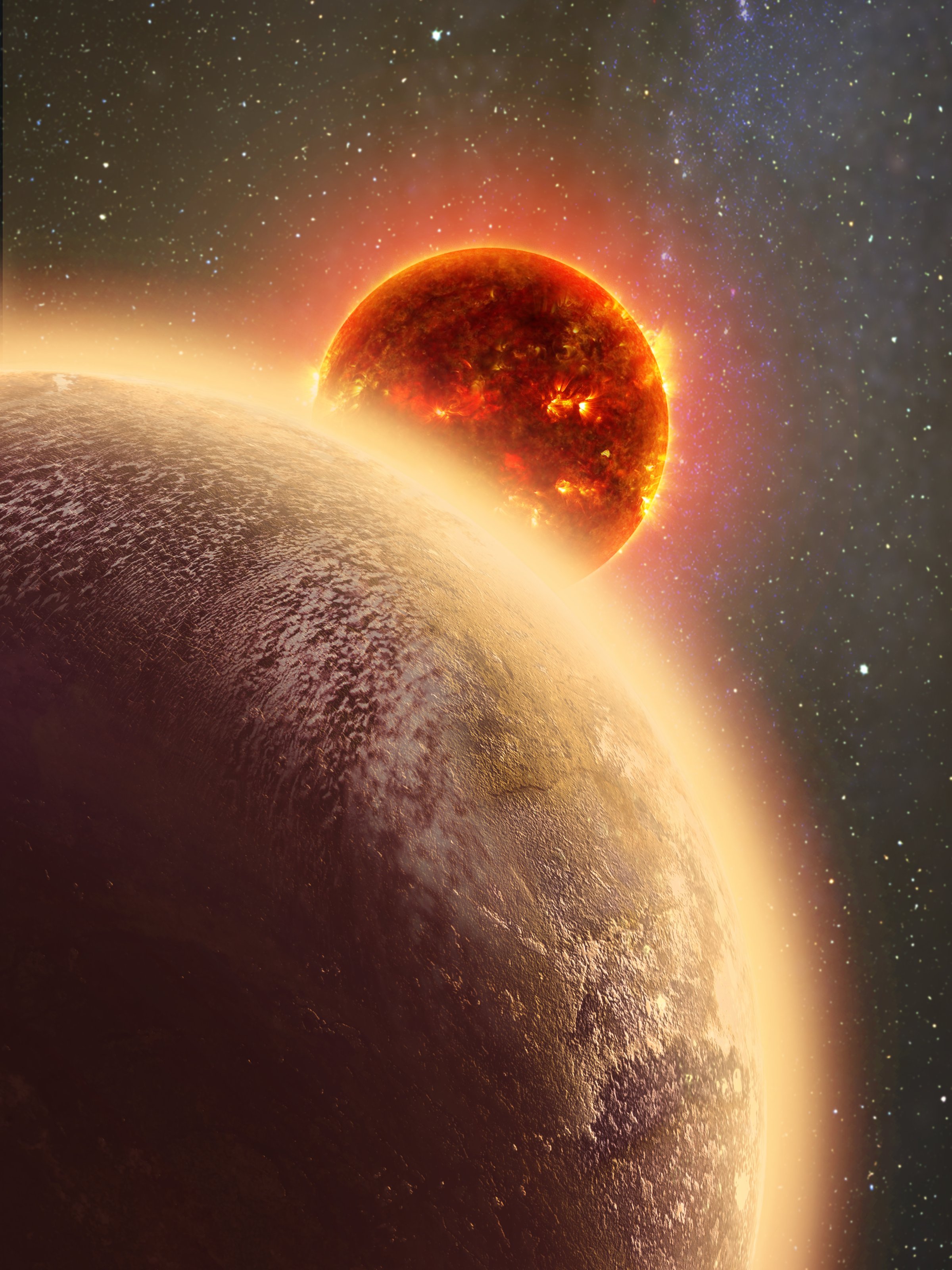
Harvard astronomers have discovered a Venus-like planet — and they want to study in detail.
At only 39 light-years away the planet, GJ 1132b, is relatively close to Earth and astronomers hope to view it in detail with the Hubble Space Telescope and other observatories, according to the Harvard-Smithsonian Center for Astrophysics.
“Our ultimate goal is to find a twin Earth, but along the way we’ve found a twin Venus,” said astronomer David Charbonneau in a statement. “We suspect it will have a Venus-like atmosphere too, and if it does we can’t wait to get a whiff.”
GJ 1132b orbits a star only one-fifth the size of the Sun. The star emits only a fraction of the light the Sun does, but GJ 1132b is closer to it than any planet in our solar system at a distance of 1.4 million miles (Mercury has an orbit of 36 million miles).
At that distance the planet sits at an approximate temperature of about 450 degrees Fahrenheit—hot enough to boil any water the planet may have once held, but still cool enough to allow for the possibility of an atmosphere.
GJ 1132b is 16 percent larger than Earth, at a diameter of about 9,200 miles. The planet also has an Earth-like force of gravity, Harvard-Smithsonian astronomers say. On GJ 1132b, a person would weigh only about 20 percent more than they do on Earth.
More Must-Reads from TIME
- Inside Elon Musk’s War on Washington
- Meet the 2025 Women of the Year
- The Harsh Truth About Disability Inclusion
- Why Do More Young Adults Have Cancer?
- Colman Domingo Leads With Radical Love
- How to Get Better at Doing Things Alone
- Cecily Strong on Goober the Clown
- Column: The Rise of America’s Broligarchy
Contact us at letters@time.com